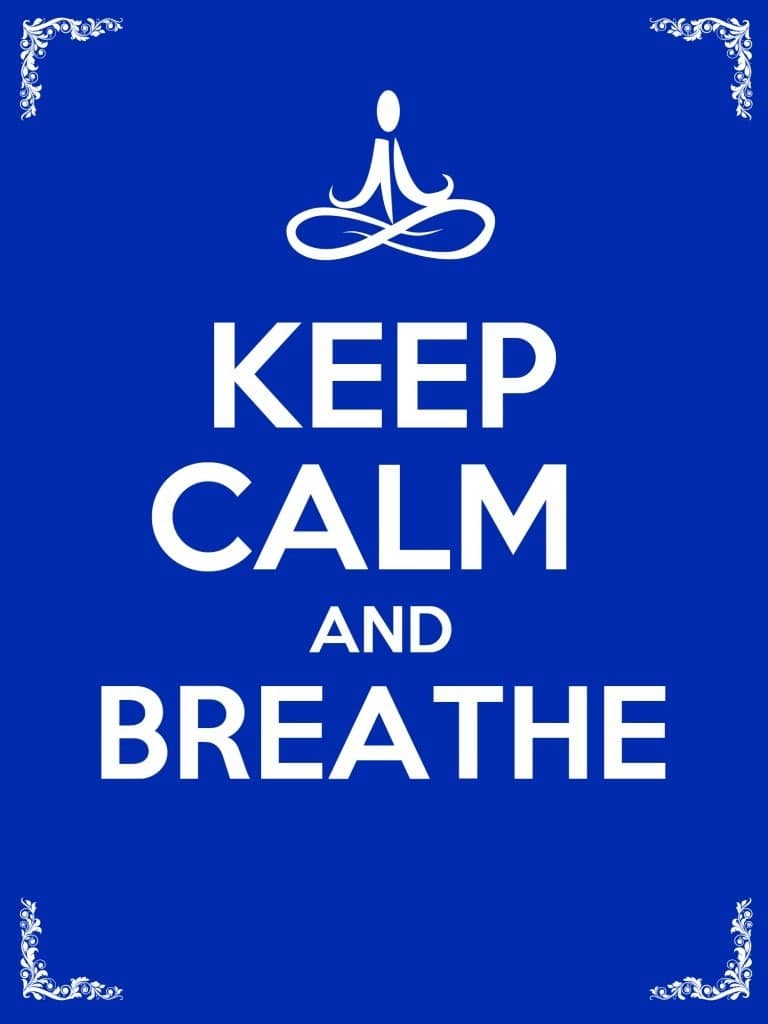Ujjayi Breathing – The Victorious Yogic Breath
The “Victorious” Breath
That changes in respiration that occur during a yoga practice might be the greatest benefit of yoga. Deep breathing using a technique such as the Ujjayi breathing technique can relieve stress and toxicity from the heart and the entire circulatory system. Ujjayi breathing specifically relaxes the body through diaphragmatic breathing meaning that air travels first into the bottom of your lungs, then fills them up from the bottom.This will normally sound a lot like the waves of ocean.This form of breathing is done during the entirety of a yoga practice, until one rests in savasana and the breathing is relaxed into normal mouth/nose breathing. But yoga is not the only time that you should feel you are allowed to practice this powerful relaxation technique. Anytime you need to control your stress response, you can use this technique to help regulate your stress level and respond appropriately to the situation.
How to Do Ujjayi Breathing
There are a few ways to begin Ujjayi breathing:
Start with a cross legged seated position, if possible:
- Take deep breaths through your nose into your abdominals while sitting upright. Try to relax your muscles as you breath exclusively into your nose
- Inhale into your nose and relax your shoulders as much as possible. Notice your belly rise and fall and your shoulders relax down your spine a little as you lift your best.
- Bend your torso over your thighs, bend your knees, release your neck muscles so your forehead is heavy and leaning forward towards the floor. Take big breaths through your nose.
These are just a few ways to get started, but eventually you will get your Ujjayi breathing to be second nature, especially if you practice a lot of yoga.
A few more notes about how the Ujjayi breathing functions optimally: try to keep your inhales and exhales about the same length and continuous throughout the practice; if you notice your breathing stopping then try backing off a little and focus on increasing the quality of your breathing; don’t strain your lungs if you haven’t practiced in a while, its easy to do when you take extended breaks from yoga.
These techniques should help you to maintain a safe and powerful breath technique during your yoga practices.
A Taoist Tradition
Ujjayi comes partially from Taoist and yogic practices for meditation. Ujjayi can significantly add to the meditative quality of a yoga class and I have personally found it to be the defining factor of how well my yoga practice goes. It can also increase internal body heat and increase oxygenation to the muscles, both can significantly increase vitality.
Krishnamacharya taught that Ujjayi breathing helps to keep the energy sealed into the body, while using the bandhas to fully interlock energy into the spinal cord while practicing yoga. He also taught that a lock of the pelvic floor is essential to keep the energy within the body.
Ujjayi breathing is a powerful technique that shouldn’t be overlooked in everyday life. It can help you to deal with anxiety, stressful situations, bad drivers, mean bosses, anything that might cause an internal reaction. Use your Ujjayi breathing to your advantage when you want to calm and de-stress your body.
Here are some additional resources for your reference:
Ujjayi Breathing – The Victorious Yogic Breath Read More »

